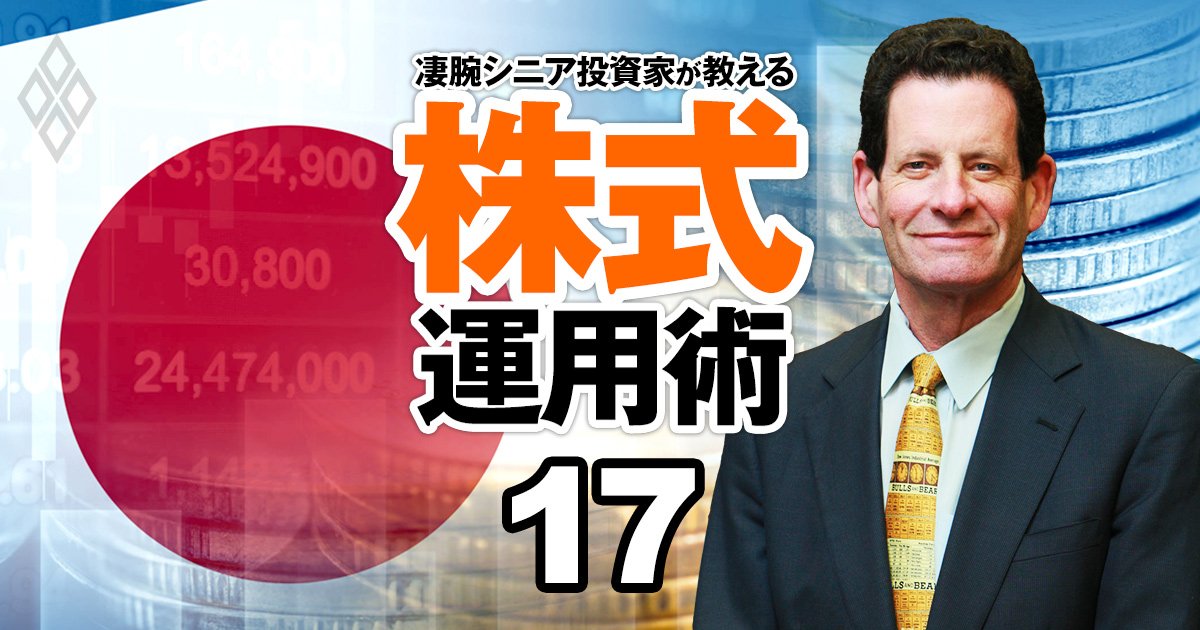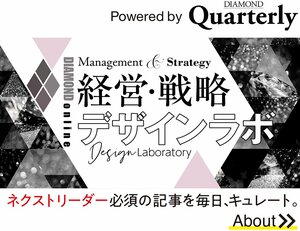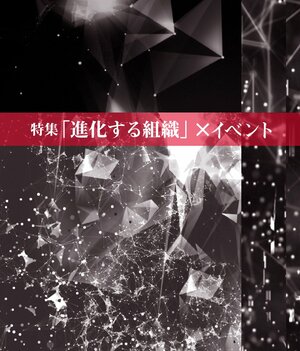 romantic beautiful Venice
romantic beautiful Venice
We want to create a brand new city from the ground up. In Japan, people may be inclined to think this is impossible. And yet, when you travel to Southeast Asia and India, you find projects where empty plots of land are being used to form new central cities.
In that sense, the 21st century “city” of the future that we envision is already underway through various efforts that encompass the “hard” aspects of infrastructure to the “soft” aspects of education, medicine, and public welfare.
We believe that creating a model city would suggesting ways of resolving the major issues faced by society today, we can promote intuitive understanding of what the coming era will need.
We believe that creating a model city would suggesting ways of resolving the major issues faced by society today, we can promote intuitive understanding of what the coming era will need.
Cities, in the first place, are strongly influenced by the transport technology of their given era. In the 20th century, automobiles and railroads became rapidly widespread.
One prominent feature of American cities is that the station is located in the center of town, with a lattice-like framework of roads, then highways around those. The width of automobiles and the size of railroads dictated zoning that gave root to new towns and cities, their streetscapes scaled to these forms of transit.
For example, Dallas, in northern Texas, developed through the discovery of oil fields and demand for military industry. By contrast, old cities like Boston, Massachusetts have histories of having flourished as port towns.
In Japan, too, the structure and formation of cities differed throughout the days of rickshaws, horses, and automobiles. Its cities changed conterminously with developments in transit technology.
This is because units of measure (length, volume, weight, etc.) were defined by the technology of the day. Going forward, transportation technology will change in dramatic ways, such as through unmanned vehicles and drones.
What this perforce means is that cities, too, will change in drastic ways.









